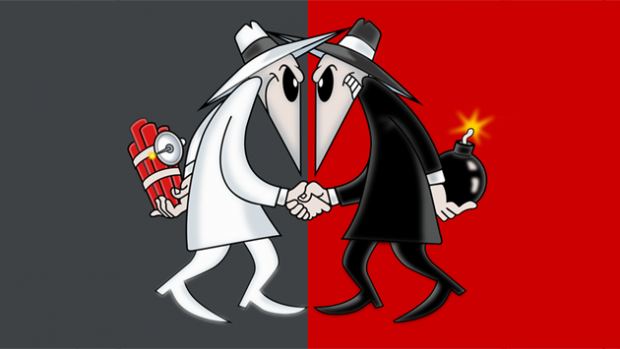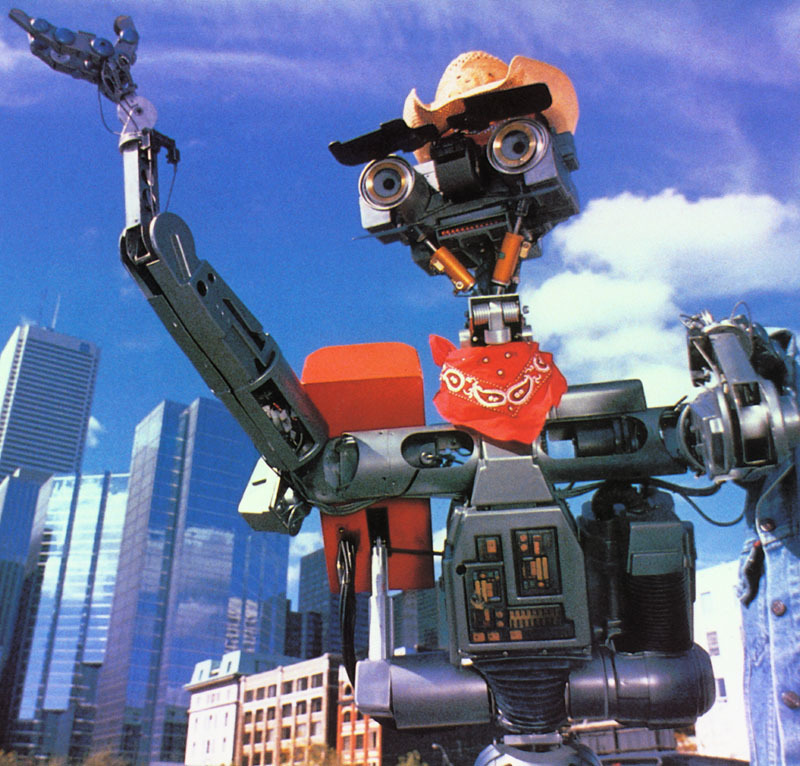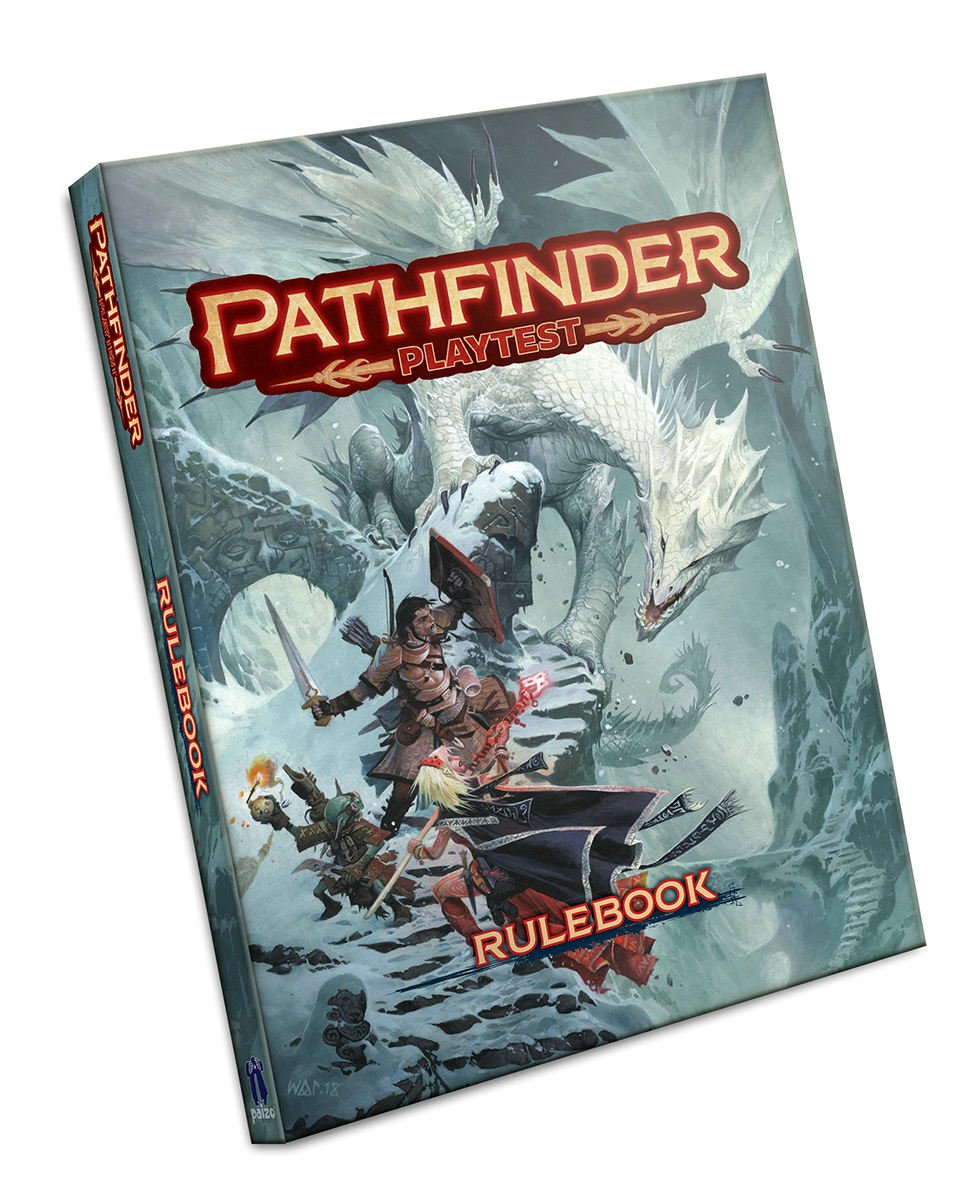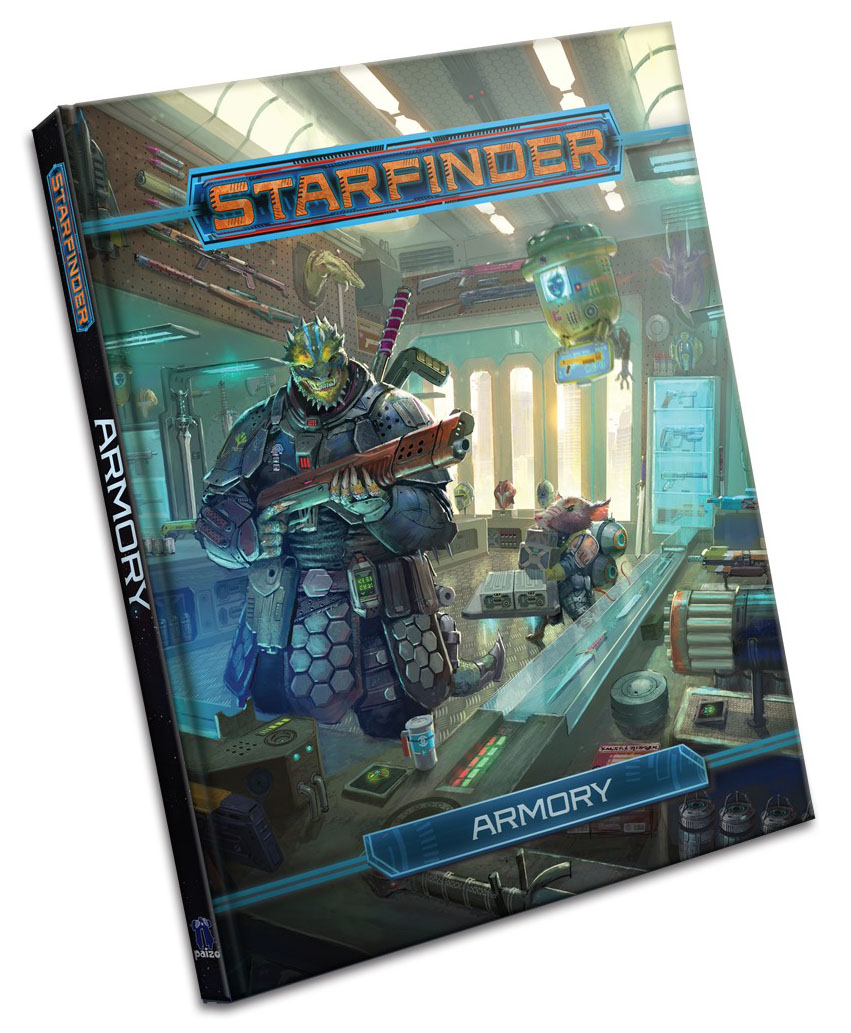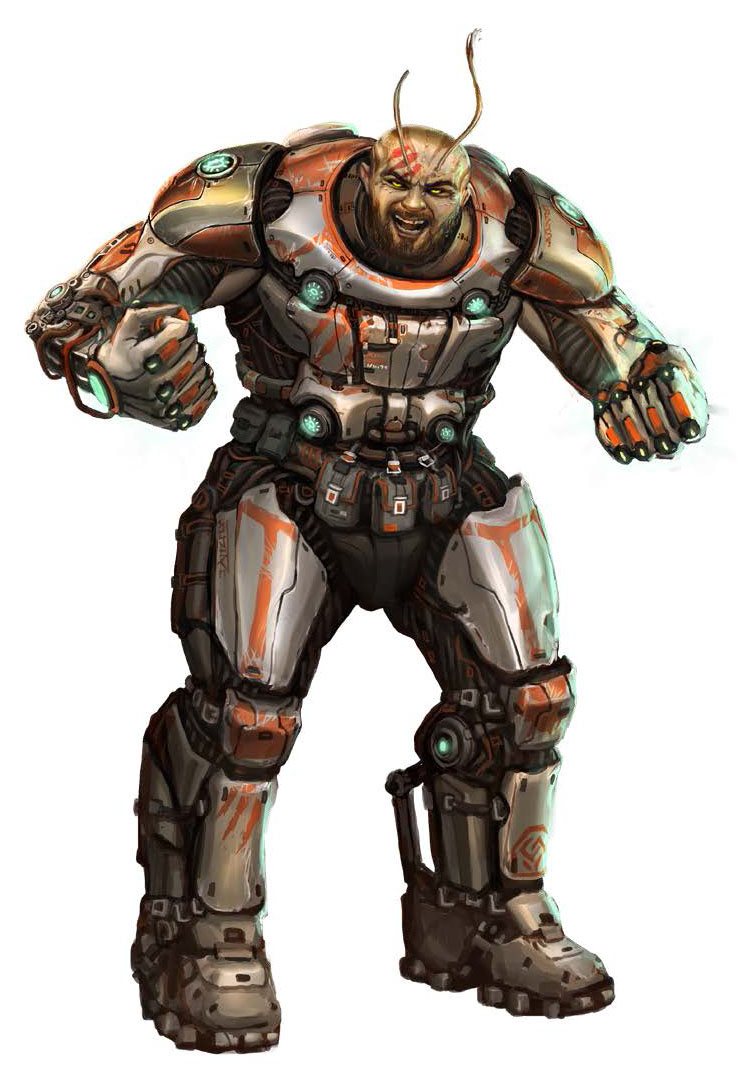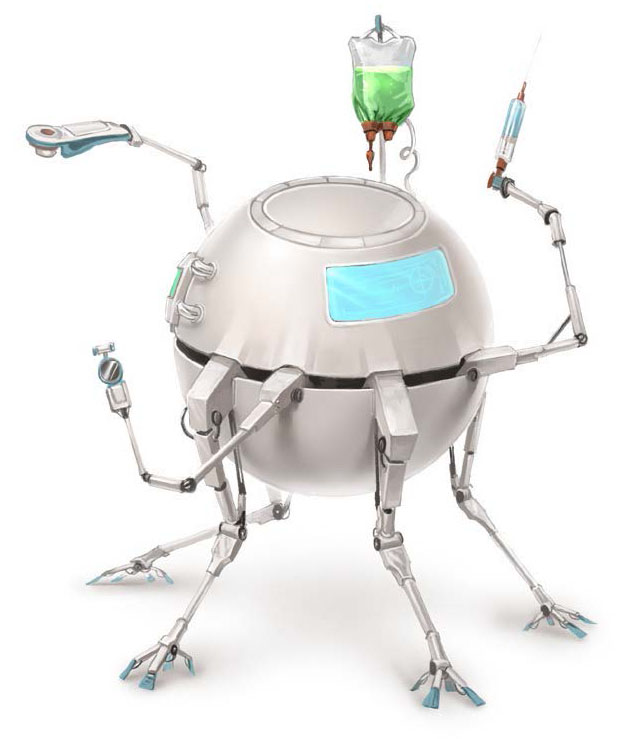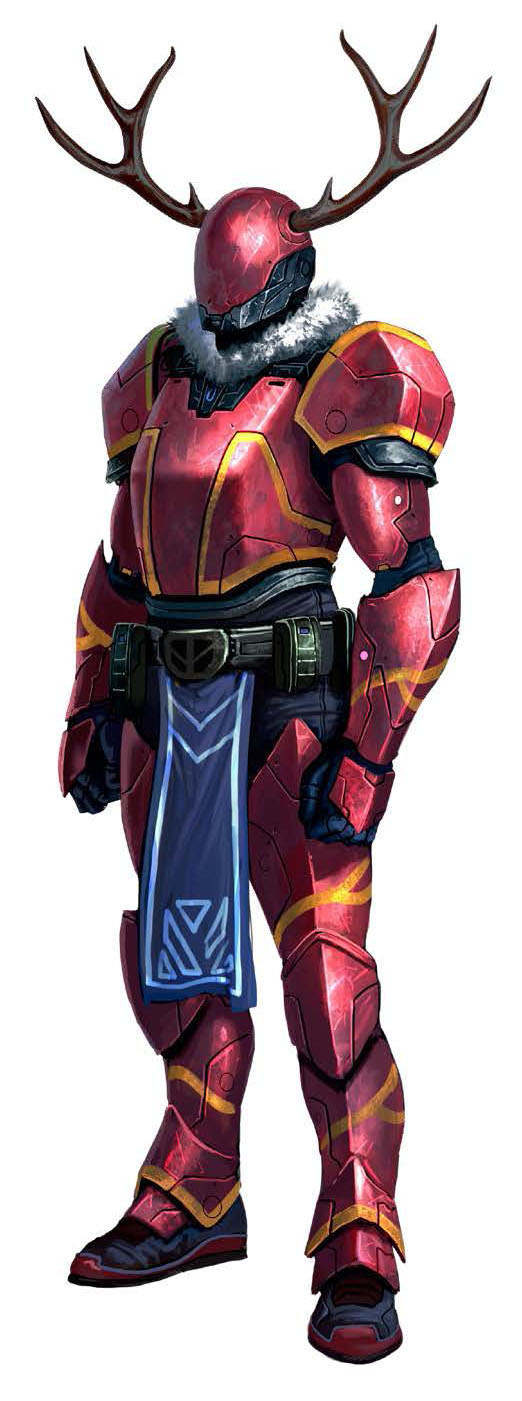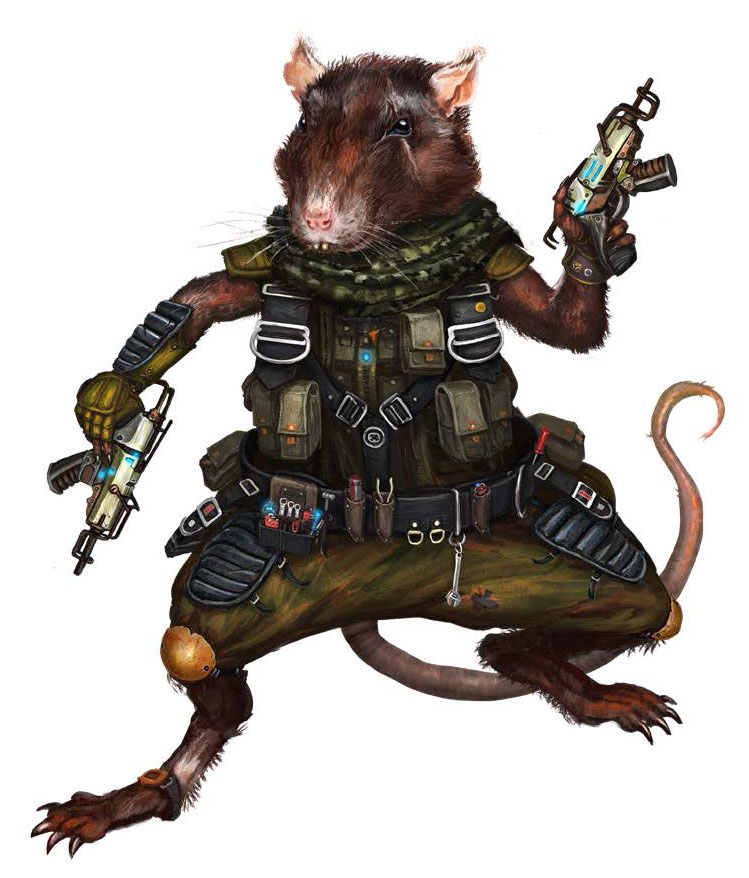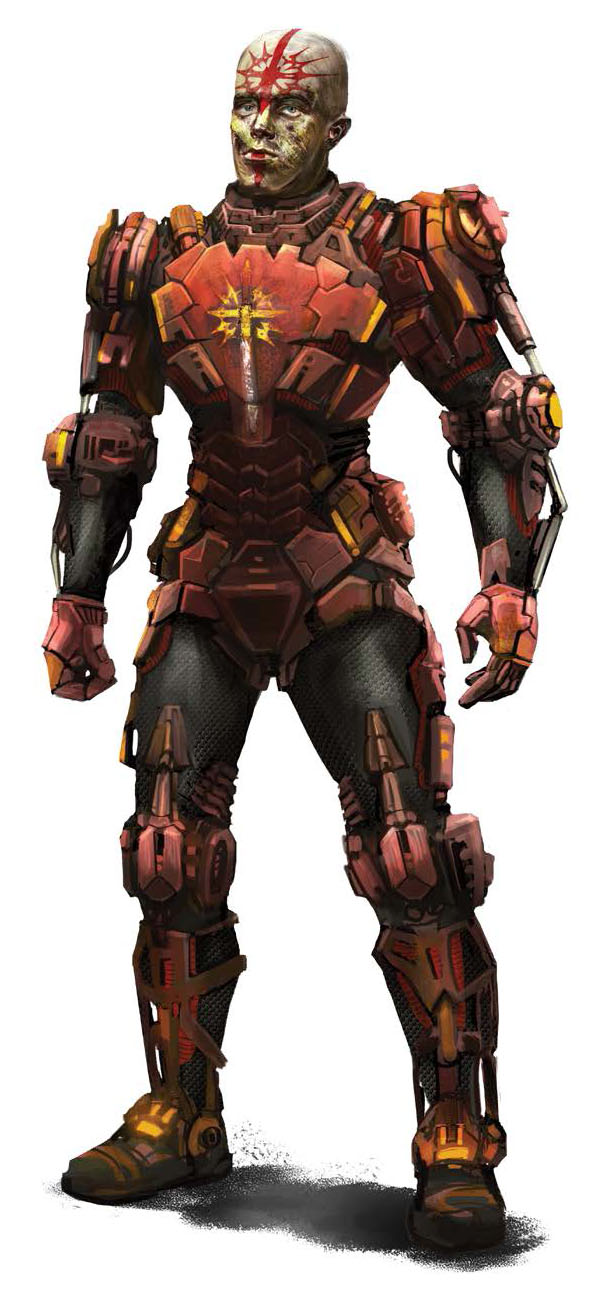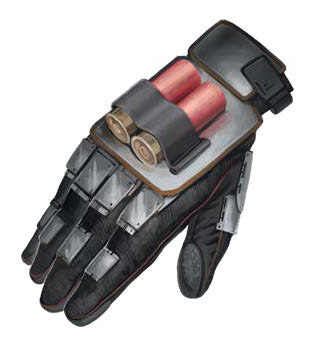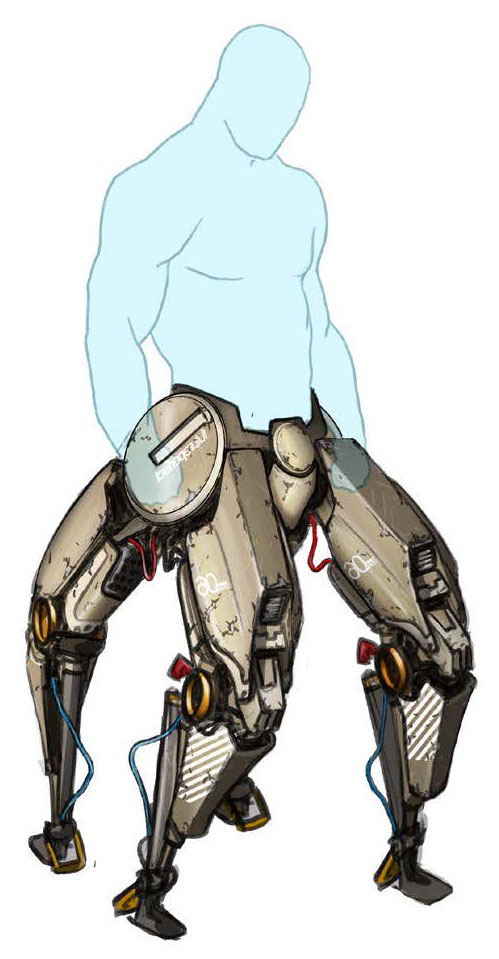Make sure to also listen to our one-hour discussion of the Pathfinder Playtest Rulebook on the Roll For Combat podcast!
If you enjoyed this review make sure to check out our weekly actual play podcast where Jason and the team are playing the Starfinder Dead Sun’s adventure path as well as the occasional Starfinder Society adventure as well.
Unless you’ve been living in a cave for the last several months, you’ve probably heard about the Pathfinder Playtest. If you listen to our podcast, you’re probably enough of a Paizo fan to be eagerly awaiting it already. Nevertheless, for the benefit of my hypothetical cave-dwelling friend who stumbled on our website by accident, the Pathfinder Playtest (which I will sometimes call Pathfinder 2 or PF2 because, frankly, it’s less to type) is Paizo’s attempt to cull, streamline, distill… whatever-other-sort-of-action-verb you like… a decade’s worth of Pathfinder gaming into a new beginning. The goal is “different, yet familiar” – something that keeps long-time players happy and feels like Pathfinder, but that also welcomes newcomers aboard the SS Swearing At An Inanimate Object Because It Rolled Three Straight 1s.
Well, I have good news for you. We here at RFC know a guy who knows a guy, and we got a copy of the Playtest rules in advance, so we’re able to give you some first impressions so you know what to expect when they’re released into the wild. There may or may not have been a midnight exchange at a bus terminal, but frankly, the less you know about that the better.
At first glance, the content in the Playtest seems to represent a mix of approaches. There are some concepts that are truly new to Pathfinder and are going to take some getting used to – some things are genuinely being rebuilt from the ground up. Some things are more of a repackaging of what was already there, to create new and more interesting choices. And though they’d be reluctant to admit it because they want both games to stand on their own as equals, there are some places where Starfinder’s Greatest Hits make an appearance (encumbrance: bye-bye “gold pieces”, hello “bulk”).
But what does that actually mean where the rubber meets the road? (Or, if you prefer, “hammer meets the anvil”.) Well, we’re here to at least start answering some of those questions for you. Part of me wanted to go “big changes first, work our way down” but playing around with it a little more, I decided to follow the basic chapter structure of the book itself. So grab a beverage and settle in, because we’re gonna give you as much information as you can handle on this thing.

Writing Roleplaying Systems Into Existence
Before we get into the gory details, I feel like it’s worth looking at the big picture. In the roleplaying game world, change is inevitable. You build a game system, people play it and love it, and all is good. They clamor for more; you give them more. They keep playing that stuff too. And it’s great.
But….
Some of the new content contradicts the old content, and you didn’t realize it until three books later. Some of the new content is flat-out better than the old content, and nobody plays the old stuff anymore. There are a few things that never really worked quite right, but they’re too cool to errata out of existence. You think of a new mechanic six years in that’s really the way it (whatever “it” is) should’ve worked since Day One. If we’re being totally candid, there are problems that managed to exist for a decade without EVER being truly addressed. And you look up a decade later at a Jenga Tower of Strangeness (not a new wondrous item… yet) that probably works for the die-hards who understand how you got there and can house-rule around the awkward parts, but isn’t very inviting to the new player sitting down at the table for the first time.
At some level, what’s most exciting about PF2 is that it’s starting over with a real framework that can be expanded in a modular fashion, and not just a series of incremental additions attached with duct tape. In saying that, I don’t want to bag on original Pathfinder, but Pathfinder was a decade of upgrades to 3.5, which already had miles on the odometer when Paizo came into existence. Even Paizo’s best ideas had to be shoe-horned into what was already there. (This is something Paizo people have commented on interviews, so it’s not like I’m throwing them under the bus or anything by saying so.)
I also know that in the larger gaming community, 4th Edition made the idea of a “framework” a dirty word for a while by going too far in the opposite direction and making everything TOO similar. But there’s value to building on a solid foundation that can be expanded easily – game design has come a long way since Gygax did his thing. You want something that can grow seamlessly so that the new stuff and the old stuff fits together. Heck, you even want an environment that offers GMs a path to homebrew their own content without a lot of pain. A coherent system is what gets you there.
So we’re going to delve in and take a look at that system in what is hopefully the right level of detail. We recognize there’s a lot of curiosity, but we also don’t want to make your eyes glaze over, either. The easiest way to do this is to follow the structure of the book, which means we start with the first chapter…

A-B-C. Easy As 1-2-3. (Ancestry)
You’ll hear a lot about the “ABC” character creation system – Ancestry, Background, Class. The idea is that they’re trying to let you build a story for your character rather than just select options off the buffet. Additionally, they’re trying to steer people away from the cookie-cutter character by offering more choice along the journey.
Ancestry is race, only they found a word that starts with “A” to fit the theme. All of your traditional Pathfinder core races are here, with two caveats: first, goblins are upgraded to a core race; second, half-orcs and half-elves are no longer independent races but are considered a variant of humans. You unlock those by creating a human and selecting the appropriate ancestry feat for “half-whatever”. Your ancestry gives you starting hit points, a few stat adjustments, languages, movement speed, enhanced senses… all the usual stuff.
BUT… you also get an ancestry feat at Level 1, which is the first major change – race is no longer an attribute you pick at Level 1, translate into a package of skills, and forget about for the rest of the game; ancestry is an ongoing component of character development where you select a feat every 4 levels (1st, 5th, 9th, 13th, 17th). So your elf and my elf may already be subtly different based on which ancestry feats we took.
Backgrounds are back-stories for your character – what they were doing before they became adventurers. At the risk of letting the cat out of the bag, they’re a lot like Starfinder’s “themes”. Yes, the min-maxers in the crowd will be happy to hear backgrounds come with stat bonuses and train you in skills, but they also fill in the flavor of your character. Unlike ancestry, backgrounds are one-time setup choices; you don’t go back and revisit your background later.
I’m going to dig deeper into class in a moment, but at a high level, I’ll start by talking about the “feat-ification” of class skills. In Pathfinder, you pretty much picked your class (and maybe variant or archetype) at Level 1, and that pretty much dictated what you would receive every time you leveled up. Every rogue got Sneak Attack at Level 1, Evasion at Level 2, Trap Sense at Level 3, etc. In Pathfinder 2, there are still some static class benefits (rogues still get Sneak Attack out of the gate, for instance), but most of the class skills are now considered class feats, and you have multiple choices at various points in the process. Your rogue and my rogue may look and play quite differently based on which class feats we select along the way.
When it comes to actually “rolling” a character’s stats, ABC borrows heavily from Starfinder’s character creation system. I’ll be speaking of “boosts”, which are generally 2 point increments unless you go over 18. You start with 10s across the board. Ancestry lets you boost two scores and gives you a penalty in one (except for humans, who don’t receive the penalty). Background gives you boosts to two scores, your class gives you a boost to the primary score of that class, and you have four free bonus boosts. The only real restriction is that you can’t multi-boost the same stat within the same step – so you can’t put both your ancestry boosts or all four of your free boosts into the same stat. You can voluntarily lower scores for role-playing reasons, but you don’t get points back to use elsewhere – it’s not a point-buy system.

Why Don’t You Call Me Sometime, When You Have No Class? (Class)
I don’t know quite how to write about classes without writing a book about them, which… Paizo already beat me to the punch on that. If I get too granular I’ll be at this for hours; if I stay at too high a level, I’m not sure I’m telling you anything useful. So I think I’ll use this part to call out a few things that leapt out at me as interesting.
One of the single most dramatic changes for the better is to the classic sword-and-board (or “bored”) fighter. Remember “Beef Steelfist”, that fighter that was your first or second character, but you ditched him because it got real old watching everyone else summon tentacles or critting for 9d6 and you were still just swinging your sword? Now, he’s the undisputed master of clogging up the battlefield and protecting your buddies. He’s got a tactical role to play. First, fighters are the only class that gets Attacks of Opportunity as a class skill; a few others can take it as a feat, but fighters have it in their DNA. Additionally, a shield goes from an abstract bump to Armor Class to an active defense system – you can use one of those actions to raise your shield and if you get hit, the shield takes the hit for you. (Though the shield eventually breaks, leading to a three-beers-in discussion at PaizoCon imagining a fighter pulling a wagon of spare shields through the dungeon with him.). Put those together, and the fighter becomes a defensive machine.
I’m noticing that they did away with the notion of hybrid casters – either someone is a caster, or they’re not. Rangers and paladins no longer have the half-assed “well, you get a few spells, but not enough to really be useful” thing going on – pallies get a very specific subset of powers purchased as feats (rebranded as “Champion Powers”), and rangers pretty much lose casting entirely in favor of more woodland skills. Bards, on the other hand, get upgraded to full caster status with a full range of Level 1-10 spells.
The sorcerer is an interesting case, insofar as they don’t necessarily have to be arcane casters anymore. Backing up a minute, there are four different magic types, each of which has a primary dedicated caster class – arcane (wizard), divine (cleric), primal (druid), and occult (bard). Those are the four “traditions” of magic. The sorcerer’s tradition is derived from the bloodline he or she chooses, so they could end up as any of the four.
I love monks, so I’m excited about this one – the monk gets a little less stats-hungry, since you can now select STR or DEX as a primary stat. Do you want to be Luke Cage (What? He’s kind of a monk!) or Iron Fist? Also, some of the damage mitigation is farmed out to an “unarmored defense” skill, which Monks already start at Expert level.
I don’t necessarily want to just sit here reciting factoids about every class, but those are some of the things that struck me on the first read. I’ll also specifically come back to casters in more detail when we hit the chapter on Spells. For now, moving on.

What I Do Have Are A Very Particular Set Of Skills (Skills)
Most of the skills themselves are what you would normally expect from Pathfinder, though they took this opportunity to streamline things a bit. It does look “Perform (X)” skills are crunched down to a single “Perform” skill, and the “Knowledge (X)” skills are distributed out to other skills – “Recall Information” is an available action under several other skills. The “Craft (X)” skills are just “Crafting”, and some of the key skills (Alchemical Crafting, Magical Crafting) are just feats available once you have that skill. But the basics are still what you would expect them to be.
Buried on page 153 is something very interesting – a table for using skills to make money during downtime. Basically, between adventures, you would work with the GM to identify a job your character could perform and the GM sets a DC for the task. You then roll a skill check and if you make it, you make a certain amount of money for the amount of downtime you use.
The thing I really wanted to talk about is how you progress skills as a character. The days of picking 4-8 skills to rank up each time you level are gone. Begone, busywork! Skills now follow a tiered system: Untrained (roll modifier of -2), Trained (0), Expert (+1), Master (+2), and Legendary (+3). Your modifier in a skill is your character level, the relevant stat modifier, and an adjustment based on which tier you’re in. That’s it.
You get new skill bumps as you level where you can either train something you haven’t trained yet or move an existing skill to the next rank. Generally, these come every other level after 3rd, and there are a few restrictions – can’t take a skill to Master until 7th, can’t go to Legendary until 15th. There’s also the concept of “signature skills” being your most vital ones – and only your signature skills can go past a certain level (though there are ways to designate new signature skills as you go).
One thing that jumped out at me – what’s the mechanism for adding new languages? It seems like the main way – other than magic items – would be to take the “Multilinguist” general feat, which gives you two new languages each time you select it.
Well, what’s a general feat, you say? That brings us to…

The Thrill Of Victory, The Agony Of The Feats (Feats)
We’ve already introduced the concepts of ancestry feats and class feats. This chapter gives us a look at general feats and skill feats. General feats are obviously feats that are available to anyone; skill feats also technically general feats, but you have to actually be trained in the skill required for their use.
Your old pals like Toughness and Incredible (formerly Improved) Initiative are here but there are some new faces as well, particularly amongst the skill feats. There’s Trick Magic Item, which lets you attempt to use a magic item you normally wouldn’t qualify to use. There’s also Legendary Negotiator under the Diplomacy skill, which actually looks like it gives you a chance to stop a battle IN PROGRESS to try and negotiate. Battle Medic, based on Medicine, is an interesting one: if you succeed, it lets you do in-combat healing without spells, but if you roll a critical failure, you actually do damage to the person you’re healing. I’m imagining the first time someone goes to heal a fallen comrade and accidentally kills them – “sorry, was that your aorta?”. And OK, there’s also “Scare To Death” which lets you use your Intimidate skill to literally try to kill someone by frightening them. I thought the skill feats would be kind of boring, but there’s some surprisingly fun stuff in here.
Now that we’ve discussed all the different types of feats, I feel like this is the right time to mention this: I’m wondering if what they’ve done with feats might be a little bit of a polarizing issue. Obviously, in Pathfinder, feats were just feats, and you could pretty much take whatever you wanted, as long as you met the restrictions. Putting them in different silos like this may be a little controversial. I know WHY they did it – it forces people away from min-maxing and makes them create more well-rounded characters if they have to use a variety of different feats. Otherwise, some people are just going to max out combat feats and be done with it. On the other hand, I do worry that some people might feel penned in and feel like their choices are being artificially restricted. I guess we’ll have to see how it plays.

Stone Knives And Bearskins (Equipment)
There are a few interesting nuggets in this chapter, but the single most interesting is the crafting system. One of the bigger weak spots in Pathfinder was that it was way too easy to make things – unless there was an exotic material component, it was “here’s half the cost of the item… gimme”. Pathfinder 2’s crafting throws in a few wrinkles borrowed from MMOs that make it a bit more of a challenge.
First, you have to learn or buy a formula for the item before you can make it. There’s no “I intuitively know how to make a wand of cure light wounds” anymore. That said, if you have one of the items in question, you can try to reverse-engineer the formula by disassembling it. And as long as you don’t critically fail and lose the raw materials, you can then try and remake it if you succeed.
In the case of some items – particularly weapons and armor – you also have to deal with different material qualities. This kind of extends the whole idea of “masterwork” gear, but an item has to be Expert, Master, or Legendary quality to be enchanted (and higher level materials can hold more powerful enchantments).
The other wrinkle that makes the system more challenging is that items (and their formulas) have an associated rarity, and rare items won’t just be available in every town you visit. This idea that you can just go to the local Bob’s Magic Emporium and they just happen to have every magic item you’d be interested in always seemed like a bit of a kludge.
We’ll revisit all of this when we get to the later chapter on magic items – put a pin in it for now.
A couple other things worth calling out. The first is that the silver piece has replaced the gold piece as the standard coin of the realm. The whole economy has dropped down one denomination and a gold piece is now a lot of money. Worth remembering.
Also, as I alluded to earlier, Pathfinder 2 is going to be making use of the same encumbrance system Starfinder uses. If you haven’t played or listened to our podcast, here’s the basics of how it works. First, specific weights are done away with in favor of units of “bulk”. So a weapon might be 1 bulk; a particularly heavy set of armor might be 3 or 4 bulk, etc. Encumbrance is really simple to calculate: it’s 5+ STR modifier to be encumbered; 10 + STR modifier and you have to start dropping things. That number seems small, but this is offset by the fact that many items are considered Light bulk (L), and it takes 10 items to make one unit of bulk. (And that 10 is always rounded down, so you can have 9 healing potions and it counts as nothing.) The best part is it’s trivially easy to manage – no more “hold on, I have to lighten up by 8 gold pieces to get back to medium encumbrance”. (And yes, some items are considered negligible bulk and don’t count toward encumbrance at all.)
Let’s All Go To The Lobby (Intermission)
This isn’t a chapter. I just realize we’re throwing a lot of stuff at you, and wanted to give you a chance to catch your breath. Grab a smoke, take a walk around the block, throw a ball with your dog… whatever you do. The second half of the book will be here when you’re ready.

Pick A Card… Any Card (Spells)
This chapter is a big one, both physically – it’s the single largest chapter at almost 100 pages – but there’s a lot of meaty changes for casters.
The first is the ability to “heighten” spells by putting them into a higher-level slot. One easy example is something like Summon Nature’s Ally, where the slot you use determines how powerful the beastie you summon is. For direct damage spells, it tends to be more of a +N thing where you get an extra damage die for each level you add. (I heartily encourage players to yell “IT’S OVER 9000!” at their GM as often as possible when they heighten a spell because that will never get old.)
The ideas under the hood aren’t that revolutionary – it’s “just” streamlining multiple versions of the same spell with a layer of what used to be metamagic feats on top – but the net effect is far more powerful and flexible. Among other things, it means you don’t have to keep replacing the same spell multiple times in your career, which will hopefully lead to more diverse casters.
Another cool thing is that cantrips now scale automatically to the highest level you can cast. One of the things I actually really liked about 4E was the notion of “at-will powers” – that casters would never TOTALLY run out of spells and always have a few spells they could cast. Pathfinder cantrips gave you the idea of an at-will spell, but the damage spells didn’t scale, so doing 1d3 frost damage became worthless after a few levels. Now, a cantrip casts at the highest spell level you have access to, so (for example) a Level 10 caster with access to 5th level spells will be able to do a slightly more useful 2d8 + (modifier) points of damage.
They also gave casters Level 10 spells, but confession time: after an initial surge of excitement, I’m in the minority that felt like this was more of a This Is Spinal Tap “these go to 11” moment. OK… they’re the same spells, you just re-swizzled the lists so 10 is the top level. “Well it’s one louder, isn’t it?” Also, there just aren’t that many of them – each class only starts with 3 Level 10 spells (OK, occult casters get a fourth). I get the feeling heightening lower-level spells up to 10 is going to be more common.
As far as stuff that specifically caught my eye – primal casters seem like they have the most fun stuff here. They can turn into a dinosaur. Or a dragon. When they hit their Level 10 spells, they can turn themselves into a kaiju (Nature Incarnate) or turn their party-mates into a herd of mammoths (Primal Herd). Druid is looking pretty darn fun right about now. On the other hand, divine casters get Weapon of Judgment, where a giant ghostly version of your deity’s chosen weapon materializes out of nowhere and starts slapping people around with force damage. And I’ll have to read my contract and find out if I’m allowed to talk about necromancy, but the occult school offers us Vampiric Exsanguination, where you “draw blood and life force from creatures and shoot it out through your outstretched arms.” You know. For the goth bards in the house.
The spell chapter ends with Rituals, which are non-combat spells for the spell-less – they tend to be based on skills rather than magic ability, so they can actually be cast by non-casters. This is where you find stuff like Consecrate, Geas, and… the big one here… Resurrect. Yes, you can bring back a dead party member without any caster party members. It’s a little pricey (75g x character’s level, max 11th) but it’s an option.

Assistant To The Regional Manager (Advancement And Options)
Not sure there’s too much to look at here. There are some useful archetypes; particularly the multiclass archetypes for people who want to dabble in other classes. The material on animal companions lives here, which… seems a little out of place, but I guess it needed to be somewhere. And we (re-)introduce the gods of Golarion for the umpteenth time… “oh hi Desna!”. But let’s be honest… nothing that’s burning a hole in my pocket. I’d rather move on to…
The Game’s Afoot (Playing The Game)
There’s a lot of important stuff here because it’s the nuts-and-bolts chapter of how to run combat, and combat is the engine that ultimately drives the game. On the other hand, this is probably going to be sort of a grab bag where I’ll just hit on a bunch of different things without going into a lot of detail on any one thing. Welcome to the info-dump portion of our program.
The 800-pound gorilla of this conversation is going to be the changes to the action economy. The days of full-round, standard, move, swift, free… yeah, say goodbye to all of that. Now everything is an action and you get three of them. And I get that there’s a visceral “that’s too simplistic” reaction when you first hear that. I felt it myself before I sat down and played the Playtest at PaizoCon.
But here’s the thing. They didn’t really get rid of complexity, they just moved it to the other side of the equation by making a lot of your powers/abilities/etc. more flexible. Now, some of your abilities can be powered up by putting more actions into them. Take the old standby, the cleric’s channel: at one action, it’s a touch heal; two actions change it to a ranged heal, and three actions give you a group burst. So not only is there still room for complexity, but it comes with more interesting choices for the player. I actually think that this is going to work really well over the long haul.
And I know what you’re thinking: why don’t people just stand in front of each other and do three attacks every round? Well, besides the fact that the opponent can… you know… move, there’s the fact that each consecutive attack takes a -5 penalty, so good luck hitting that third attack with a -10.
If there’s a 400-pound gorilla, it’s that attacks of opportunity are going to be far less of a dominant force in combat. Paizo noticed that the fear of AoO’s locked a lot of combats into a dance of five-foot-steps – square-dancing with cutlery. In particular, mobile melees like rogues and monks faced a real uphill climb to use their abilities effectively. Now, only a few characters and some (but not all) monsters will be able to do Attacks of Opportunity, and the hope is that it will open up the battlefield a little more.
“Now the 200-pound gorilla”… OK, I’m going to stop with the rapidly-shrinking gorillas. Either I’ll run out of gorillas entirely, or we’ll end up at a 4-ounce gorilla, and you’ll all be saying “well, that’s actually kind of cute, can I have one as a familiar?”. (NOTE TO STEVE: 4-ounce gorilla plushie on the RFC store, ASAP. The kids will love it.)
You do need to know about critical hits and critical failures. First, critical misses are going to play an increased role in Pathfinder 2 – they’d existed around the edges when it came to skills checks, and some GM’s homebrewed them into their campaigns, but Pathfinder 2 makes the critical miss more integral to the game. Also, there’s going to be more than one way to get critical hits and misses. Yes, natural 20 or natural 1 will still get the job done; on the other hand, making your roll by more than 10 or missing a negative roll by more than 10 will also serve as a trigger. So if you roll a 16, modified to a 32 against a 14 armor class, that’s still a crit. (Reading the fine print though, if a natural 20 would not normally be a success, it becomes a success but not a critical success; similarly, if a task is so easy that a natural 1 plus mods would succeed, a natural 1 would be a failure but not a critical failure.)
The good news, combat-wise, is it will probably make trash fights go faster. If you can get crits from modified 14s or 15s, that’ll end those fights a lot quicker. But that same logic applies to your enemies – so if you go into a battle where YOU’RE clearly outmatched (like trying to farm a dragon at low levels), the bad guy’s going to probably get some easier-than-normal crits and you’re going to have a bad time.
Let’s also talk about death. Massive damage (2x your hit points) is still an insta-kill. Certain spells have a death effect which is also automatic. Anything else, you are unconscious, at zero hit points, and placed at the beginning of a four-stage countdown. You start at “Dying 1” and have to make Fortitude saves every round – if you fail, you move to Dying 2, Dying 3, and then Dying 4. Dying 4 is dead (though there’s a feat that allows you to go to Dying 5). And ohbytheway, a critical failure ups the dying counter by 2. So don’t roll a 1. Any successful save returns you to life at 1 Hit Point.
Lastly, Hero Points are another informal/homebrew thing that’s being formalized in Pathfinder 2. It’s fairly common for GMs to have a policy of rewarding Hero Points to players who do something exceptionally cool or roleplay a situation particularly well. PF2 formalizes this. A player can hold up to 3 Hero Points at a time, each player starts with 1 Hero Point at the start of each game session (yes you read that right… game session, not level), and they can be used in the following ways:
- 1 Hero Point can revive from any point in the death cycle, even if you use it when you fail the save that would kill you. Pretty good motivation to keep at least one Hero Point handy at all times.
- 2 Hero Points can be used to re-roll a single D20 roll. (If the second roll fails the check you’re trying to make, you get back one of the Hero Points you spent on it.)
- 3 Hero Points lets you take an additional action (or reaction).

Oh Captain, My Captain (Game Mastering)
I think the most generally relevant thing from this chapter is introducing the three game modes. To some degree, this just creates some formal structure around the natural flow that already exists, but Pathfinder 2 breaks the game down into three game modes:
- Encounter Mode: This is generally combat, though I suppose a campaign could break a social encounter or skill challenge into real-time as well. Everything has to be explicit, rolls have to be performed for most things, players need to make decisions quickly. Also, even if it’s not combat, encounter mode tends to work best in formal turns, so that no one person can dominate the action. In short, the game’s in high gear.
- Exploration Mode: you’re in a potentially dangerous location where something could happen, but not every second of action has to be on high alert. People can kind of do what they want unless they do something that would move the game into encounter mode. Some dice roles can be fudged in the assumption that “you look around until you find it”.
- Downtime Mode: the time spent in safety, usually between adventures. This is the mode where you can have people hand-wave hours or days spent on a particular task. Sometimes downtime mode tasks can even be performed outside the game – i.e. working on leveling up your character or preparing a shopping list between sessions.
The rest of the chapter is mostly tips for fairly novice GMs – how to assign experience and treasure, how to set up encounters, what sorts of special rules are involved with different terrains and environmental conditions. I’d have to defer to Steve as to whether there are any particularly important gems to discuss in here.

Shiny! (Treasure)
And now we come back to magic items and crafting.
I feel like one of the polarizing things in this section is the concept of Resonance Points, as relates to magic items. Magic items in original Pathfinder used to be a bit of a free-for-all, and wands in particular arguably got a little out of hand. (One can imagine a mule loaded down with Cure <X> Wounds wands and the party burning through 2 or 3 wands after each fight like they were those little fluorescent glow sticks.) Now, characters have Resonance Points (your character level + CHA bonus, so now everyone can get some benefit from Charisma) as a daily resource that are used to “power” magic items. The general rule of thumb is that things you use with a charge, it’s one resonance point per use; for things you wear, it’s one resonance point at the start of the day to “invest” it (i.e. put it on and power it up).
(I feel like I have to mention the wizards of the Harry Potter world would be absolutely screwed in this system. You got about, 10, 12 Expelliarmuses before you’re dry, kid… make the most of them.)
The positive of the system is that it comes up with a use for Charisma beyond “face of the party” stuff and prevents magic item use from getting too silly; the bad is that there could be places where you can’t use a simple healing wand because no one has resonance points left – there was something appealing about “fire and forget” consumables, even if it could be abused.
Slightly less controversial is the section on runes. Basically, runes are the mechanism that power the pluses and effects (flaming, freezing, etc.) on your armor and weapons. “Potency” runes are what give an item its plus; property runes are what makes that sword flaming or vorpal or whatnot. You can replace runes with more powerful ones, though – here’s the MMO-ish part – certain runes have an item quality restriction – i.e. you can’t make a +5 weapon out of an off-the-rack sword. Runes can also be transferred between weapons (for the frugal adventurer, it saves money over having to get a new one), or can be stored on and recovered from runestones. (Again, if you’re following Starfinder at all, runes are kind of like weapon seals.)
Set aside game mechanics: I like this on a storytelling level. There’s rich history in the fantasy genre of heroes having named swords that travel with them throughout their journeys, so the idea that you can keep upgrading your weapon and keep it with you from Level 1-20 has some appeal. After all, Gandalf didn’t trade in Glamdring because he found a +3 sword in the next dungeon.
Keep in mind that runes follow the same rules as other craftables – you have to find or buy the formula for creating a rune before you can use it, so it’s not just a simple matter of deciding you want your sword to be +3 and doing it. Heck, finding formulas might even create some interesting story hooks for possible adventures: you want that flaming rune? I guess you’ll have to go investigate that dwarven armory that was overrun by goblin hordes. We mainly play adventure paths in our group, but this could be fertile story material for a group that mostly runs homebrew content.

So What’s It All Mean?
I could keep going, grabbing thinner and thinner slices of rules to focus in on, but I don’t know what people are going to care about most, and I suspect you get the general idea. There’s a lot of stuff here, and it’s an interesting mix – something old, something new, something borrowed (from Starfinder), something blue (dragons, prismatic walls… the usual suspects). I think it’s all going to work out, but we’ll know more when we roll up our sleeves and start playing in the new system.
And that’s the big thing to keep in mind. The operative word is “Play-TEST”. The first few months of this are literally going to be testing mode. The first adventures are designed to stress-test particular aspects of the game, and I’m sure some things may not work as they originally planned them. So be patient, have fun with it and remind yourself that being in on the ground floor of something new could be exciting. When this hobby started out, you could be a wizard or an elf, but not both. Now the company that makes the game is inviting you to help be a part of making it better. To quote Roger Sterling from Mad Men, “you’re an astronaut.”
And if you really have to be a cynic… just don’t sell your PF1 library on Craigslist just yet.
Pathfinder Playtest is available for free at http://www.pathfinderplaytest.com.


